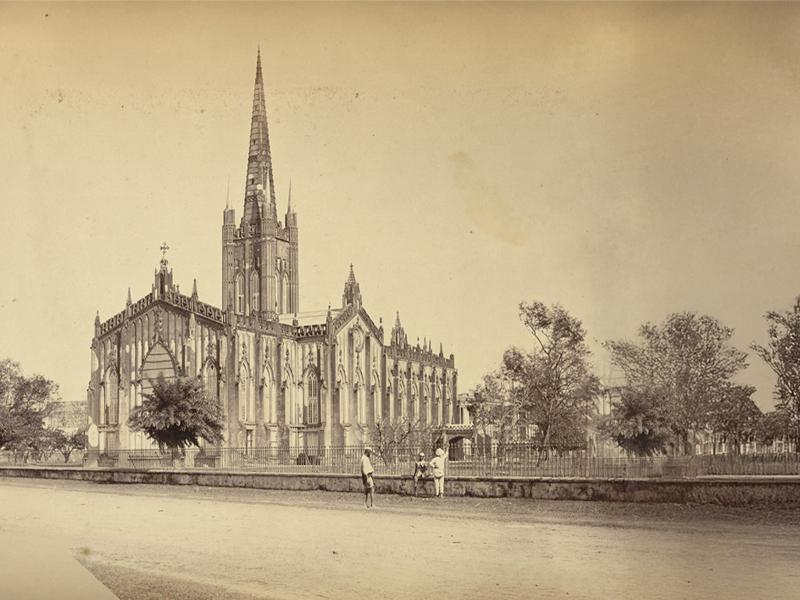Australia in Records from Colonial Missionaries, 1808–1967

Australian records in the USPG archive
The Ladies Visiting Committee's in full operation, teaching the women various useful employments for the voyage, and supplying them with the materials proper for eachRev. J.W. Welsh's report on conditions facing emigrants; imgs 6-7
Access the full collection
Access the full archive of Australia in Records from Colonial Missionaries, 1808–1967.
Institutional Free Trial
Start your free trialRegister for a free 30-day trial of Australia in Records from Colonial Missionaries, 1808–1967, for your institution.
Institutional Sales
Visit Sales PagesellFor more information on institutional access, visit our sales page.
Single User License
Purchase a license below to view the full collection.
Already have a license? Sign in.
Australia through the eyes of Anglican missionaries, 1808-1967

This collection contains records compiled by the United Society Partners in Gospel (USPG), a UK-based Anglican missionary organisation that operates around the world. From the 18th to the early-20th century, the USPG went by the name of the Society for the Propagation of the Gospel in Foreign Parts (SPG).
In 1783 the British Government sent 1,500 people on a fleet of 11 ships, now known as the First Fleet, to establish a penal colony in New South Wales. The first missionaries from the SPG arrived a decade later in 1793. In the generations since the arrival of the mission, Christianity has become the main religion practised in Australia.
This collection includes letters, journals and supplementary material composed by the SPG’s Australian branches during the period 1808-1967. These documents contain reports on the progress of the mission, relations with the indigenous people, the passage to Australia, and insights into how monetary grants were spent. The papers provide an unparalleled insight into the establishment and subsequent development of the Church of Australia.
Contents
Australia in Records from Colonial Missionaries, 1808–1967...
Australian records in the USPG archive
Discover
Highlights
Insights
- This archive contains information on a large geographical area of Australia, including: Adelaide, Melbourne, North Queensland, Perth, Rockhampton, Sydney, and Tasmania.
- Documents include correspondence and journals written by SPG’s chaplains ministering to emigrants. They contain descriptions of the passage to Australia.
- Aboriginal Australian spirituality is known as the Dreaming, which emphasises the ancestral significance of the land. The arrival of Europeans disrupted traditional ways of life and the indigenous population declined over the following centuries.
- Documents include correspondence from Australia, between 1834 and 1928, informing the SPG in London of the progress of the mission.
Unlock Historical Research for Your Institution
Provide your students and researchers with direct access to unique primary sources.









